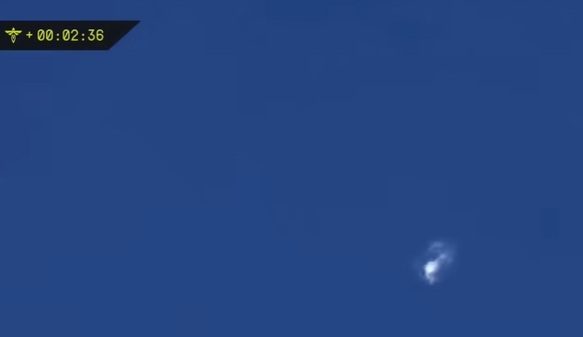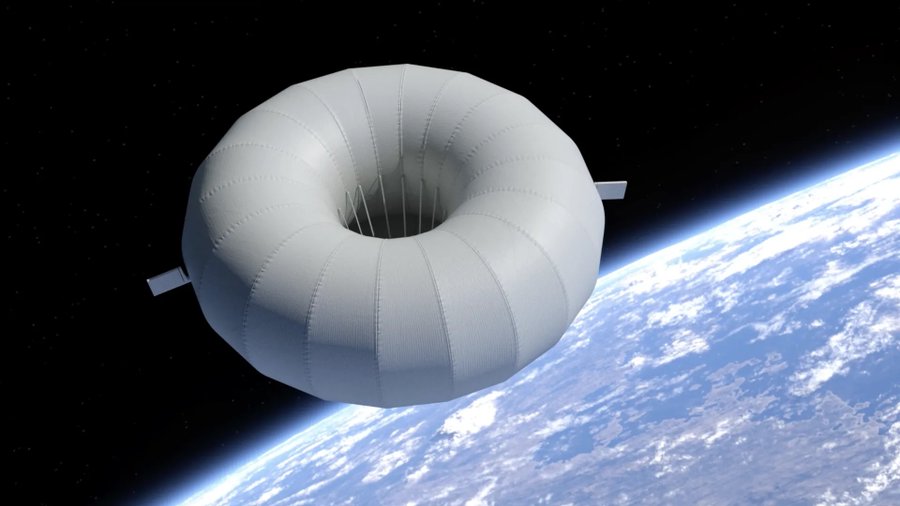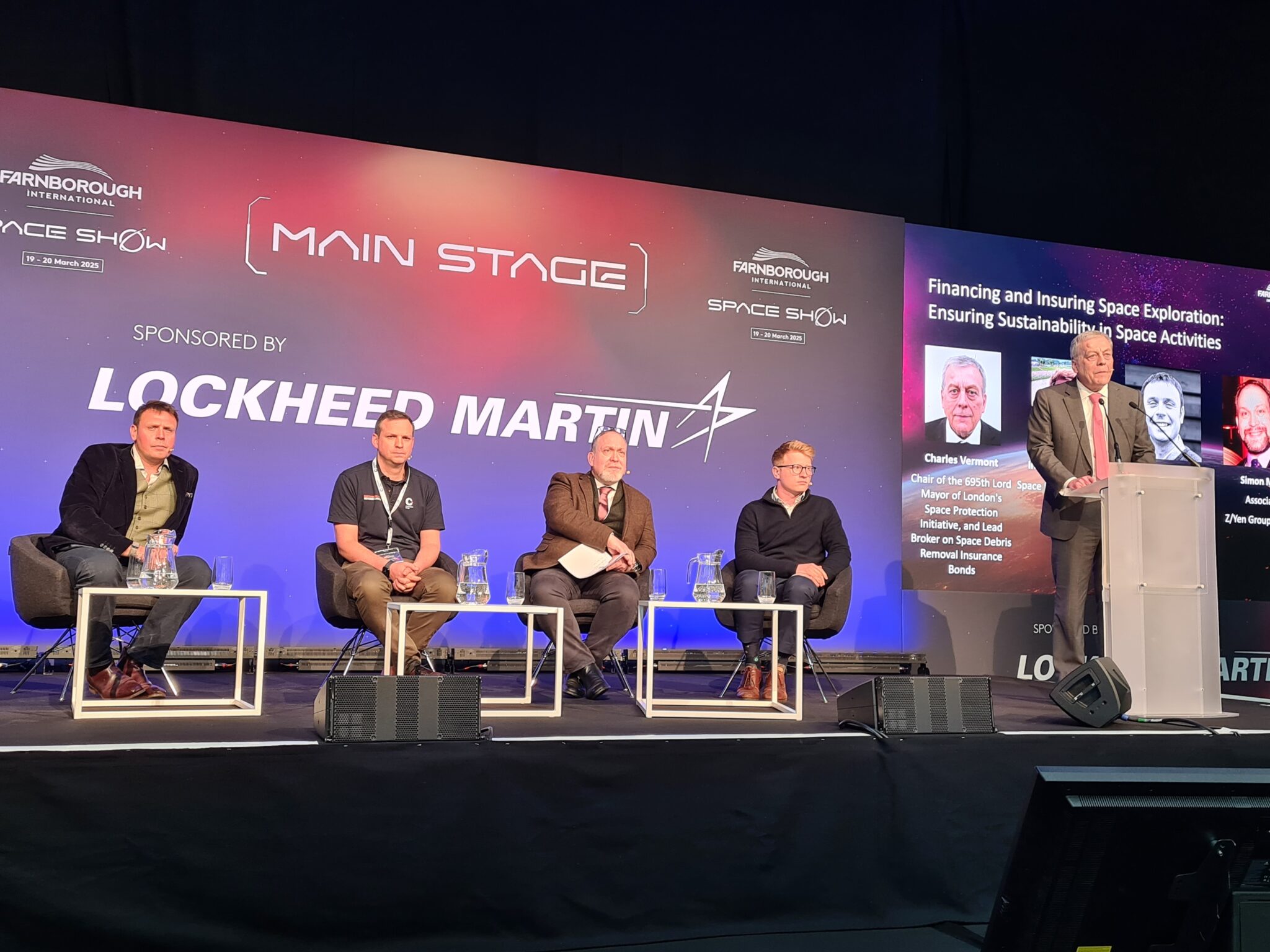Why is the Tomorrow’s Bird study report so delayed? Is it because its conclusions won’t support other European hopes for spaceflight that require a more powerful version of the EADS Astrium Ariane 5?
Tomorrow’s Bird was, is, an 15-month European Space Agency study into what the future satellites, payloads for rockets, will be like in the 2015 to 2025 timeframe that started in 2006. The study was to contribute to decisons regarding a future European launcher that could replace the Ariane 5 and in parallel a prime contractor called Next Generation Launcher was set up to oversee development of a new rocket
But almost five months after I was told that the study would be completed there is still a stoney silence from a normally talkative European Space AgencyI took a lot of interest in Tomorrow’s bird because despite the rocket bias of Flight’s coverage we recognise that the trucks that we write about are really only a link in the chain to place a capability in orbit that has societal benefits
And because those birds do have a big impact on those trucks. Would we have a Boeing/ULA Delta IV and EADS Astrium/Arianespace Ariane 5 if unmanned spacecraft technology had miniaturised as dramatically as consumer electronics?
And this I think is at the heart of the challenge for ESA and other space agencies. What do you do when your cultural and political push is towards human exploration but cash-strapped government priorities are Earth focused services and the enabling technology for those is pushing spacecraft in a different direction
With the likes of DARPA working on formations of satellites that deliver the same capabilities as today’s large spacecraft it becomes clear that one trend for the orbital infrastructure of tomorrow is many small vehicles. ESA has even decided to study a “super constellation” where many spacecraft cooperate to delievr not one capability such as Earth observation but a range of them including navigation and telecoms
Now you could argue that large rockets can launch multiple such small spacecraft, placing entire formations into orbit, or part of a super constellation into one orbital plane but others might point out the lower cost of multiple ELV Vegas or SpaceX Falcon 1s
I think it is a debate that will develop over the next ten years as space faring nations have to make tough decisions about replacing aging rocket designs while satellite platform and payload technology delivers more per kilo
The likes of spacecraft and launcher builder EADS Astrium, whose delay in finishing its work is said to the reason behind Tomorrow’s Bird late arrival, may not like the conclusions it is drawing







